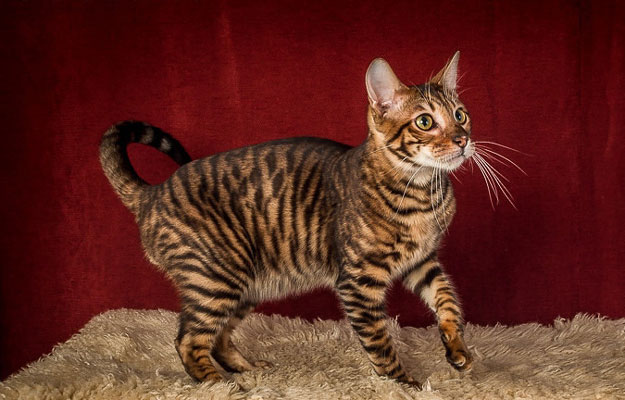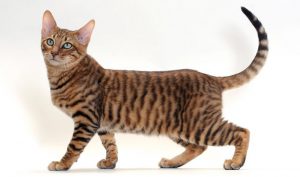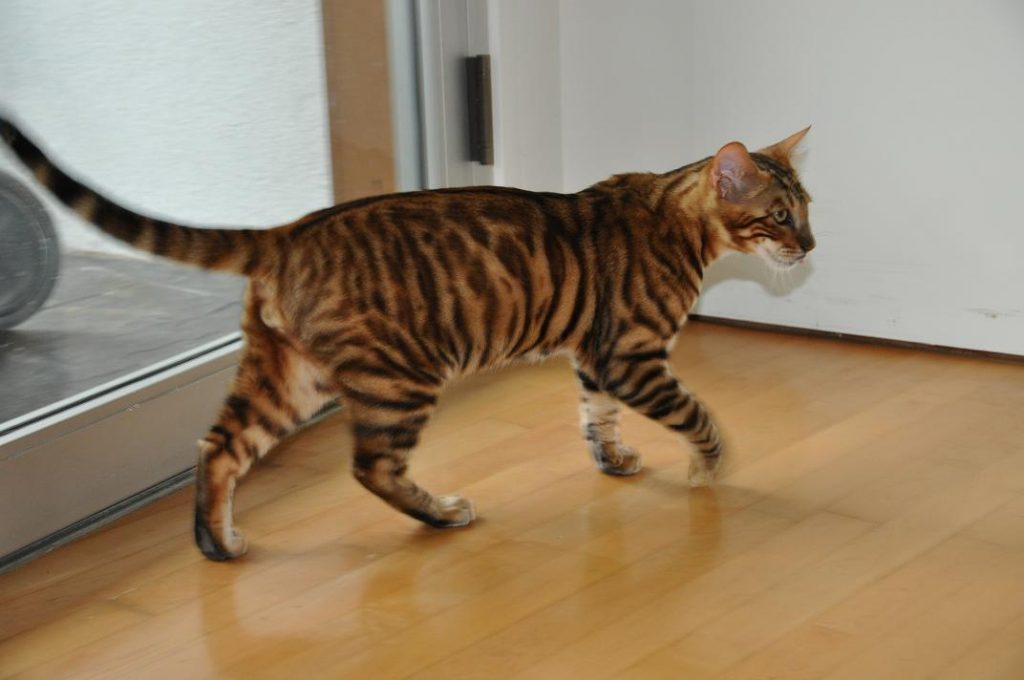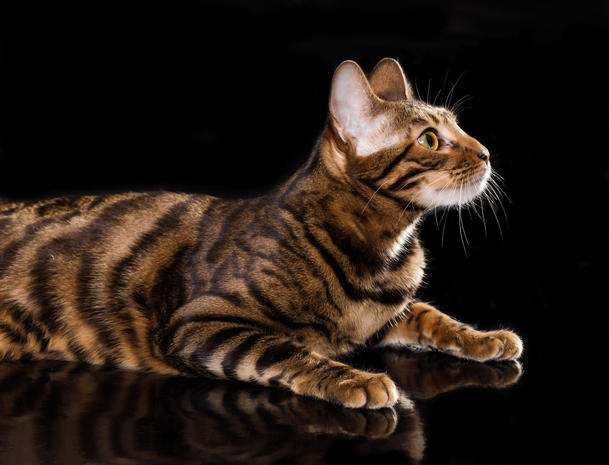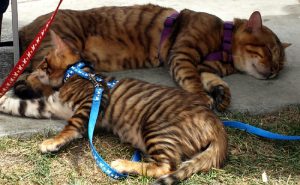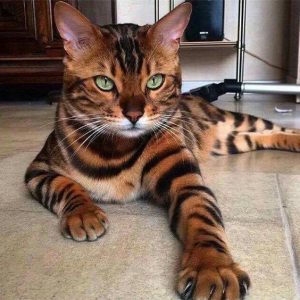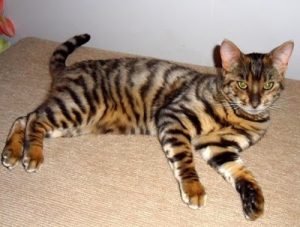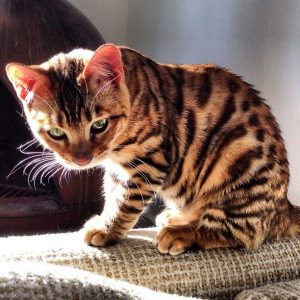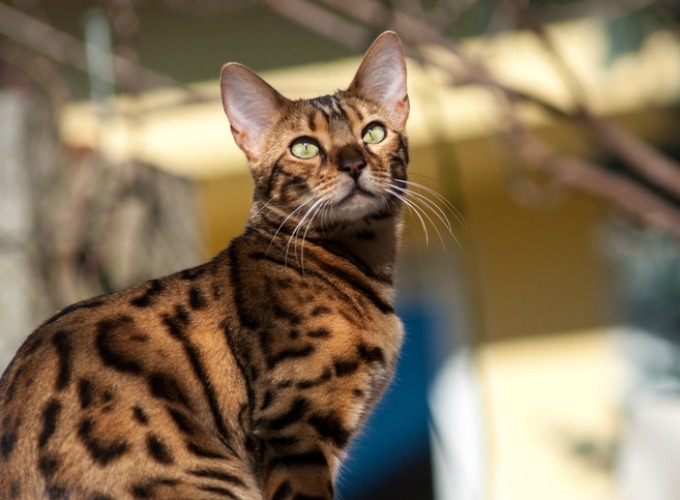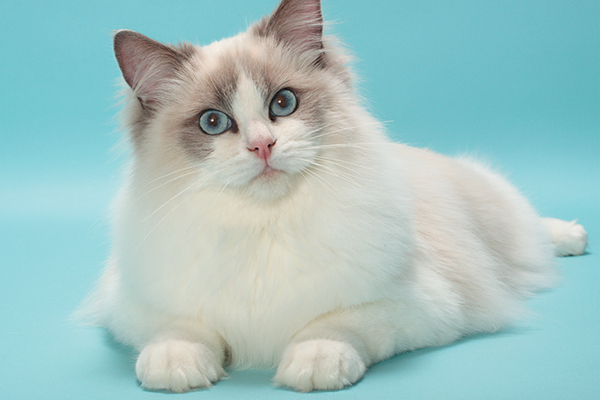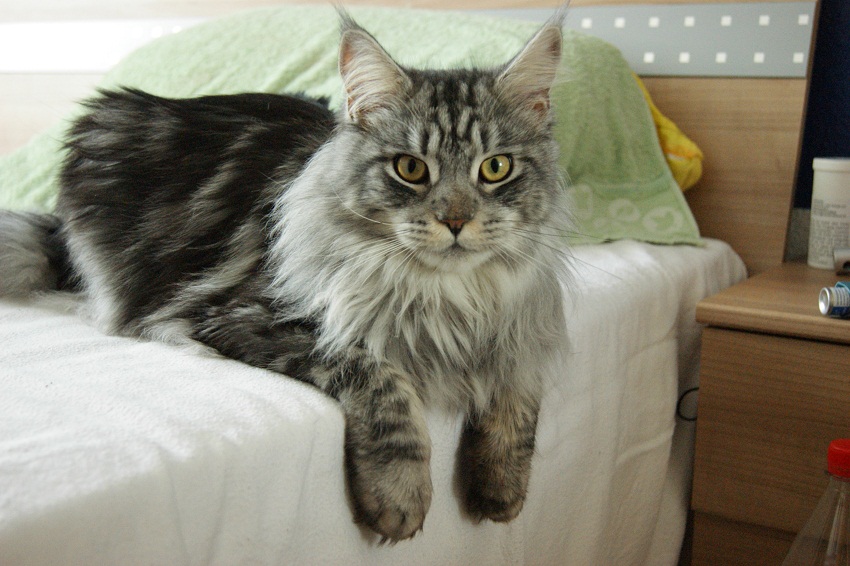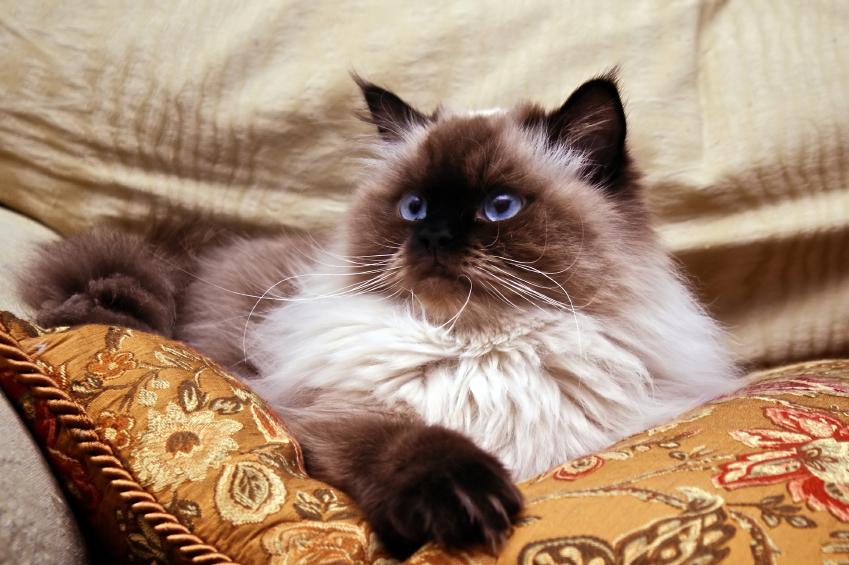A unique cat bred with the purpose of resembling the tiger, Toyger is wild in look but domestic in appearance and disposition. Created very recently, in the first half of the 80s, it evolved with the intention of increasing awareness among people to conserve tigers in the wild. Friendly and outgoing, these miniature tigers make for delightful companions.
Quick Information
Physical Appearance & Size
| Body Type: | Medium |
| Physical Appearance: | Sleek and muscular built, longish rectangular body, medium-sized oval-shaped head; cylindrical muzzle; small, round ears, circular eyes, set wide apart; long and well-defined muzzle; long, round nose; heavily boned legs; long, slightly tapered tail rounded at the tip |
| How Much Does it Weigh: | Males: 8 to 12 lbs; Females: 10 to 15 lbs |
Colors & Patterns
| Coat Type: | Striped, short, shiny, smooth |
| Color: | Orange background with black and brown striped pattern |
| Eye Color: | Any eye color excepting blue |
| Pattern: | Tabby, mackerel |
Other Characteristics
| Average lifespan/How Long do they Live: | 12 to 15 years |
| Litter size: | Unknown |
| Behavioral Characteristics: | Playful, sociable, intelligent, calm, adjustable, friendly |
| Lap Cat: | Yes |
| Shedding ( Do they shed): | Moderate to high |
| Vocalization: | Quite high gets very noisy at times especially at night |
| Good with Children: | Yes |
| Is it hypoallergenic: | No |
| Country (Where do they come from): | United States of America |
| Competitive Registration/ Qualification: | TICA |
History
Their development began in the 1980s, with Judy Sugden, an American breeder, being responsible for its creation. She drew inspiration of forming this distinct breed after observing two distinct spots on the temple of her pet Millwood Sharp Shooter which made her think of developing a domestic feline that was a complete replica of the majestic jungle king— the tiger. The two felines instrumental in the formation of the Toyger include Scrapmetal, a domestic cat having stripes and Millwood Rumpled Spotskin, a heavy boned Bengal cat. Judy even went to the extent of importing a cat named Jammu Blu from India that had spots in between its ears instead of the tabby lines. The purpose was to create a miniature tiger, having a large, longish body stature, stretched tabby patterns, circular markings on the head as well as a relaxed personality. Judy also received support from Alice McKee and Anthony Hutcherson. For the purpose of expanding their gene pool, 40 domestic cats hailing from several countries were selected carefully, and a desirable trait from each was considered, which could be included in the Toyger’s gene pool in future. TICA is the only association acknowledging this breed till date, also granting it full championship status in 2007.
Temperament and Personality
- Has a friendly personality, enjoying the company of people.
- Possesses a laid-back and easy-going nature, capable of adjusting to any environment, thus being immensely suitable for apartment life.
- Enjoys a game of fetch and other activities, but would not create a nuisance by jumping from one point to the other.
- Shares a friendly rapport with guests, children as well as other pets.
- Tends to be vocal, often resulting in meowing or crying excessively mainly at night.
Who is the Toyger good for
- Families who would love to own a smart-looking cat– a perfect replica of a tiger.
- Households in demand of a gentle lap cat who would thrive calmly instead of jumping around.
- People who do not mind having a playful cat who could be a little noisy.
Care
Being low shedders, grooming the Toyger is not a difficult task. Brushing it on a weekly basis would help retain the shine in its coat. Trimming its nails as well as cleaning its eyes and ears with a moist cloth and brushing its teeth are the other grooming needs essential.
Though a healthy and hardy breed, it often suffers from heart murmurs that possibly indicate the occurrence of hypertrophic cardiomyopathy.
Training
Having a high level of intelligence, these cats are a delight to train. You can teach them any exciting trick like waving a “bye,” planting a kiss, giving a high-five or even walking on a leash.
If you want your cat to walk on a leash, it is essential to help the feline get used to it at first. Once it accepts it and gets used to it, try slipping the leash on its body. If it wears it even for a short while, praise your kitty and give it a treat, else try doing the exercise some other time, but do not force it on your cat. After he has the leash on, try making him move around the room, first for a short span, with the duration increasing gradually. Once it can comfortably wear the leash and walk around with it, take it outdoors. Prefer harnesses that can be worn over the body to a leash that remains confined to its neck and might be a little uncomfortable.

